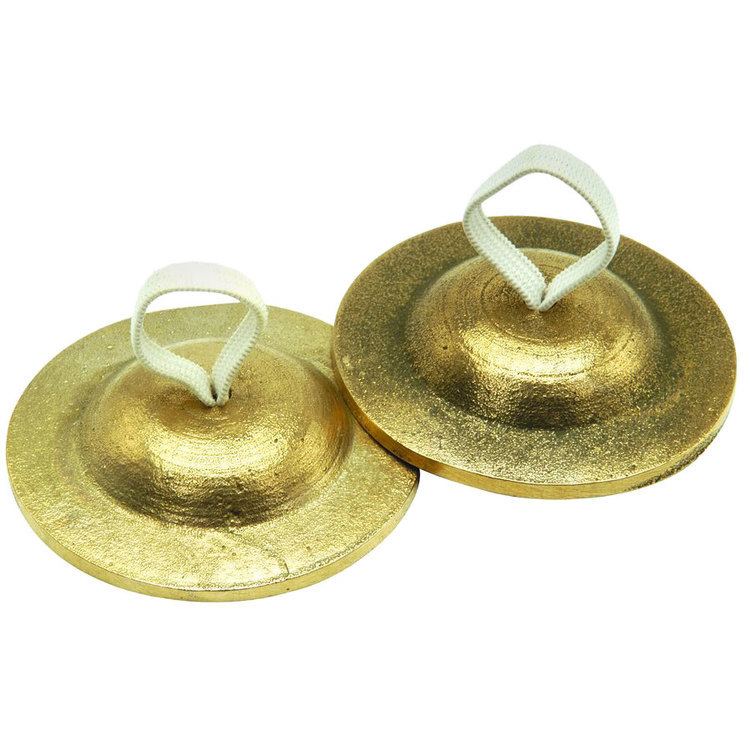 | ||
Belly dance lessons zills masmoudi
Zills, also zils, or finger cymbals, (from Turkish zil, "cymbals" ) are tiny metallic cymbals used in belly dancing and similar performances. They are called sājāt (صاجات) in Arabic. They are similar to Tibetan tingsha bells.
Contents
- Belly dance lessons zills masmoudi
- Finger cymbals 1 basic zill patterns for bellydance beginners by anthea kawakib
- Features
- References
Finger cymbals 1 basic zill patterns for bellydance beginners by anthea kawakib
Features
A set of zills consists of four cymbals, two for each hand. Modern zills come in a range of sizes, the most common having a diameter of about 5 cm (2 in). Different sizes and shapes of zills will produce sounds that differ in volume, tone and resonance. For instance, a dancer performing with an orchestra will use a larger zill with more volume, whereas a cabaret dancer will use a zill with a more delicate sound. American Tribal dancers typically use a much larger zill with a more mellow tone.
Makers of zills commonly use brass rather than the bronze used for larger cymbals, but they may also employ many other alloys. They may plate some zills in order to give a silvery colour or a brighter surface. Performance zills vary in appearance and may be shiny, dull, plain or engraved.
Modern dancers use elastic to secure the zills, one to the thumb and one to the middle finger of each hand. Professional zills have two slots to allow the threading of the elastic through the zill, whereas cheaper versions (including tourist versions) have only one hole.
Zills can be played in several ways, to produce either ringing tones or a harsh "clack" sound.
Zills belong to the standard instruments used in Ottoman military bands and also occasionally appear as part of Western orchestral or other musical performances. In these cases musicians usually just call them finger cymbals and use them to obtain a ringing sound with "Middle Eastern" associations. Percussionists playing finger cymbals sometimes use a less complicated technique than the traditional one used by dancers. The musician holds one cymbal in each hand by gripping the strap between the thumb and the index finger, and plays them by striking the rims together. They use this technique for occasional flourishes in the music rather than for complex rhythms and sounds. For more intricate rhythms, an orchestral player might attach a cymbal to both his thumb and first finger. Then placing that hand between his other hand and knee, the player will alternate between striking the knee and the opposite hand. Each of the motions produce one articulation of the cymbals.
There are many rhythms in belly dancing music that can be spelled out in finger cymbal playing:
